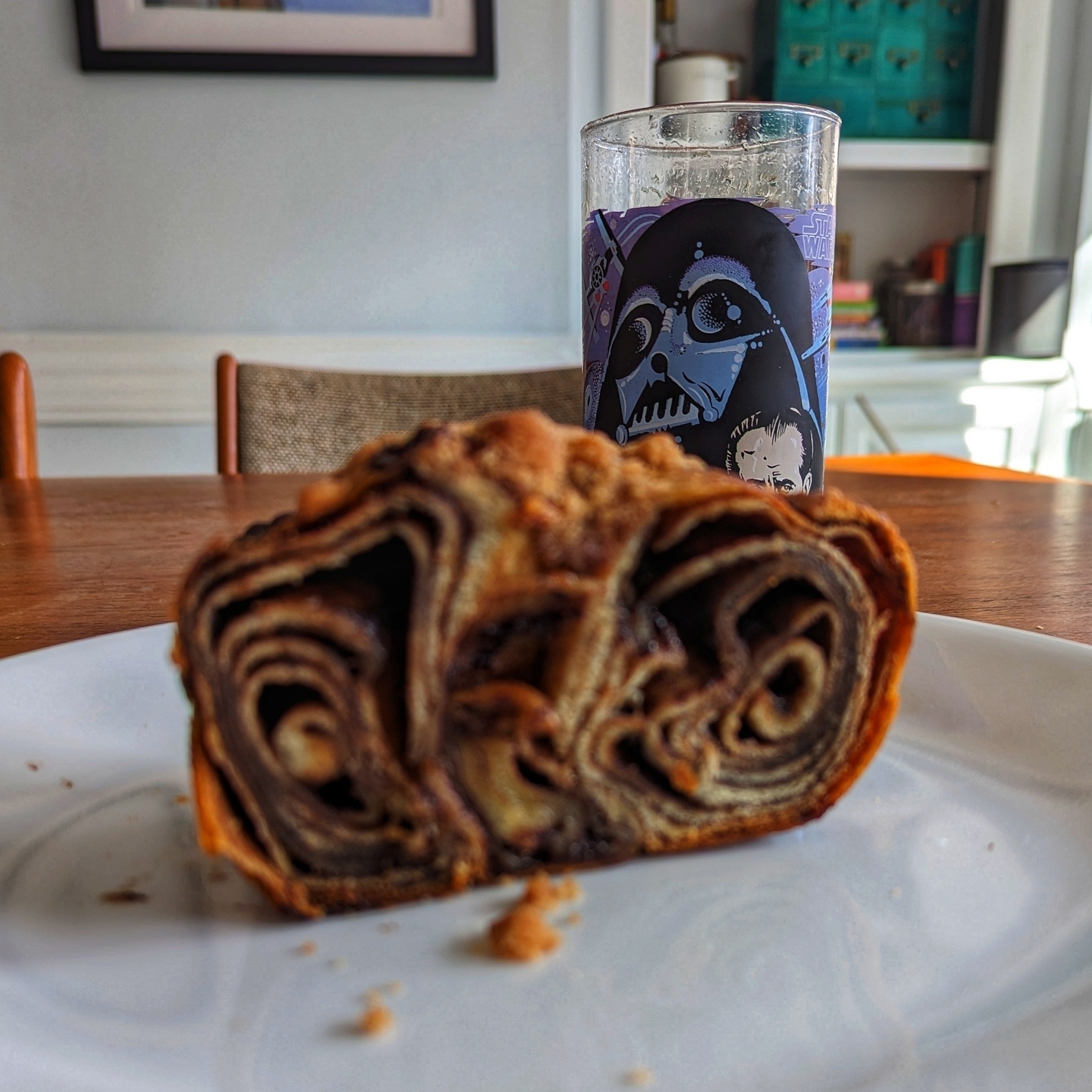📺🍿🎄 Watched A Biltmore Christmas.
Mostly for Jonathan Frakes & Robert Picardo 🖖🏻 but I ended up really liking it. There’s a lot of 40s Hollywood glamor. Also, I love Biltmore. I’ve been there only twice but I still love it.
📺🍿🎄 Watched A Biltmore Christmas.
Mostly for Jonathan Frakes & Robert Picardo 🖖🏻 but I ended up really liking it. There’s a lot of 40s Hollywood glamor. Also, I love Biltmore. I’ve been there only twice but I still love it.
Well, it’s taken more than 7 years, but it’s finally happened: my child’s taste has completely eclipsed mine in my Spotify Wrapped.

📺🍿🎄 In the movie A Timeless Christmas, I can suspend my disbelief enough to accept that a man time-traveled from 1903 to 2020, but asking me to accept that his love interest is a shoe-in for a history faculty job simply by virtue of having a PhD is a bridge too far.
🍿📺🎄 Watched A Christmas Frequency. A radio producer sets her show’s host up on on-air blind dates to save the show from the slump it’s in because the host is no fun after separating from her husband. It’s not a solid movie but I liked it because the cast is adorable.
Darth Vader and I are finishing off the Thanksgiving babka with some cherry Coke.

💻 Recently my less-than-alma mater asked, “Remember the 90s at Carolina?
I didn’t get there until 1999 so I had different things in my metaphorical Carolina Jeep.
📺🍿🎄 By the way, time travel is a whole subgenre of holiday made-for-TV movie. See:
📺🍿🎄 I was watching Hulu’s A Christmas Frequency and everything was going great but then it shattered my suspension of disbelief by having one guy give another guy an expense report, printed on paper.
🍿 Saw Wish. A story full of good ideas. Music nice but not as memorable as, say, Encanto. Chris Pine is, of course, a delight. Full of beautifully casual representation.
📝 Jami Attenberg in today’s Craft Talk newsletter:
it’s important to write the things you can write.